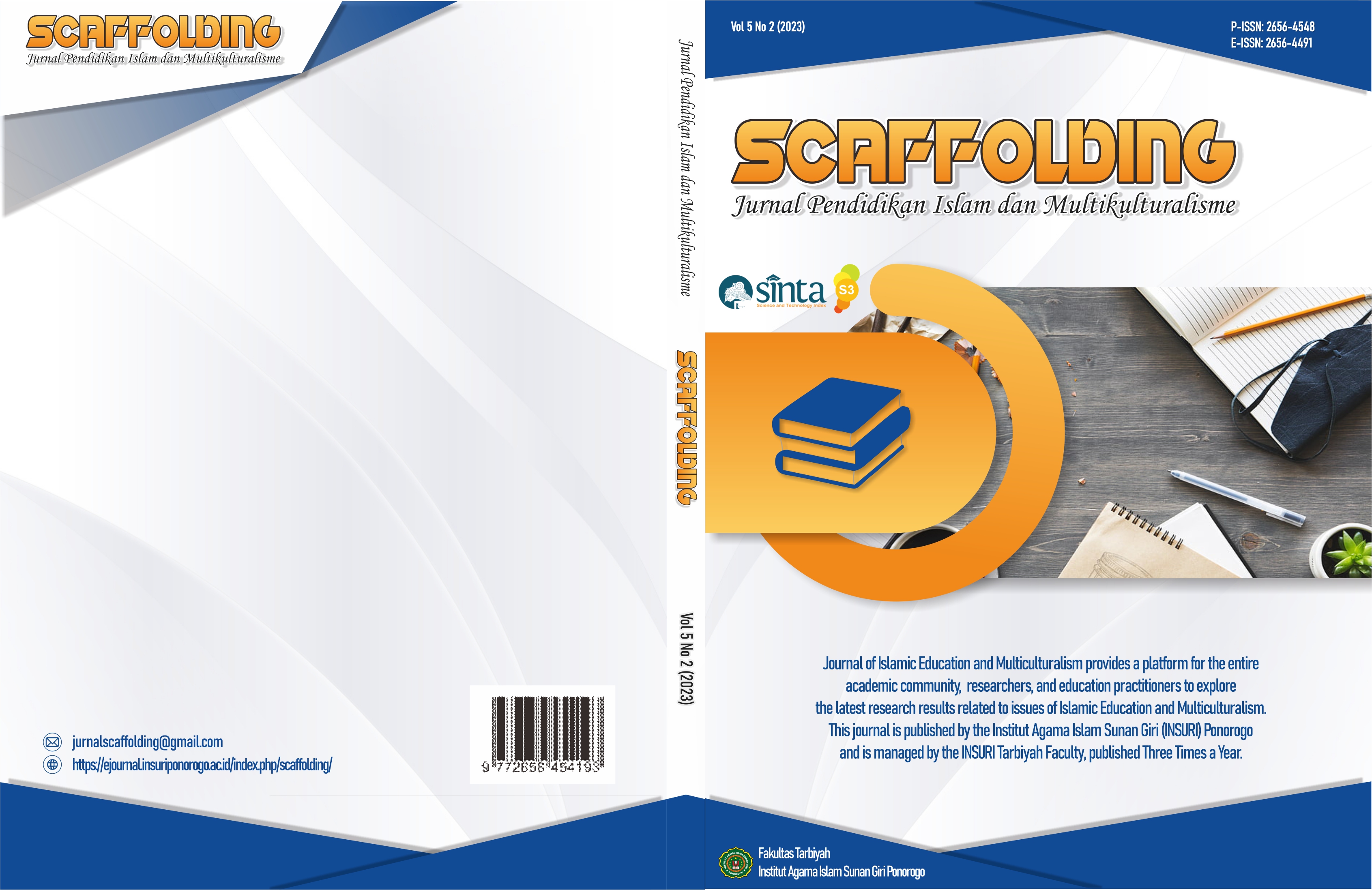The Influence of Perceived Value And Team Identification on Purchase Intention Licensed Merchandise Persib Club
DOI:
https://doi.org/10.37680/scaffolding.v5i2.3397Keywords:
Licensed Merchandise, Perceived Value, Purchase Intention, Team IdentificationAbstract
The purpose of this study was to determine the effect of perceived value and team identification on the purchase intention of licensed merchandise for the PERSIB Bandung football club. The measurement model used in this study is a data analysis method using Smart PLS 3.0 software. Partial Least Square (PLS) is a statistical method of Structural Equation Modeling (SEM) based on variance designed to solve multiple regression. This research uses a quantitative approach with a descriptive research type. The data collected is in the form of primary data obtained through distributing questionnaires and secondary data obtained through research journals and scientific books. Data collection techniques use the distribution of Google Forms online. In this study, the population is infinite or infinite, where the number of individuals cannot be known with certainty. The population that is the focus of this research is the Persib Bandung club fans who are spread across various regions in Indonesia. The technique for calculating the minimum number of samples in the SEM model refers to the calculation of Hair et al. (1987), which uses multiplication of the number of indicators multiplied by five so that the minimum total sample used is 120 respondents. The research sample used is Persib Bandung football club fans who have visited the official store. The results of the study show that perceived value and team identification have a positive effect on the community's purchase intention of licensed merchandise for the PERSIB Bandung football club.
Downloads
Published
How to Cite
Issue
Section
License
Authors who publish with this journal agree to the following terms:
Authors retain copyright and grant the journal right of first publication with the work simultaneously licensed under a Creative Commons Attribution-NonCommercial 4.0 International License that allows others to share the work with an acknowledgement of the work's authorship and initial publication in this journal.
Authors are able to enter into separate, additional contractual arrangements for the non-exclusive distribution of the journal's published version of the work (e.g., post it to an institutional repository or publish it in a book), with an acknowledgement of its initial publication in this journal.
Authors are permitted and encouraged to post their work online (e.g., in institutional repositories or on their website) prior to and during the submission process, as it can lead to productive exchanges, as well as earlier and greater citation of published work.



